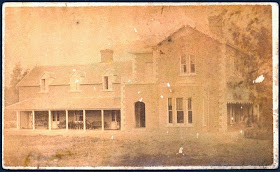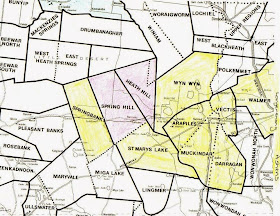"Such is life : being certain extracts from the diary of Tom Collins", is the splendidly farcical, tragical reminiscences of Tom Collins, philosopher and rogue (the author Tom Collins is a known pseudonym of Joseph Furphy). As Tom drives his team across the plains of the Riverina and Northern Victoria, he gets wildly entangled in the fate of others, recreating the humour, the pathos, the irony he knew as part of life in the bush. His is that tough-talking, law-dodging world of the 1880s, where the swagmen and bullockies slept out under the stars with 'grandeur, peace and purity above; squalor, worry and profanity below'. These inspired yarns, 'fatally governed by an inveterate truthfulness', are woven into one of the greatest books of Australian literature, combining a genius for story-telling with a wry wit and a deep feeling for the harsh sun-baked land and the people who worked it. "Such is life" is a classic of the Australian Outback.
The story of "Child lost on Goolumbulla" is based on just one scene from "Such is life", but that one scene has produced a short film and an audio. They were gifted to the Library by
Andrew Furphy (who was prompted by the recent "Lost in the Bush 150th anniversary), a direct descendant of Joseph Furphy, the motivator of the idea and producer of the film The audio and the film are beautifully narrated by John Derum who also acted in the film. Shot on Thelangerin, near Corrong, (just down the literary road from 'Banjo' Paterson's Hay and Hell and Booligal) north of Hay in N.S.W., the film evokes that vastness of the Outback.
 |
| 'One Tree Plain' & the road to Corrong |



















